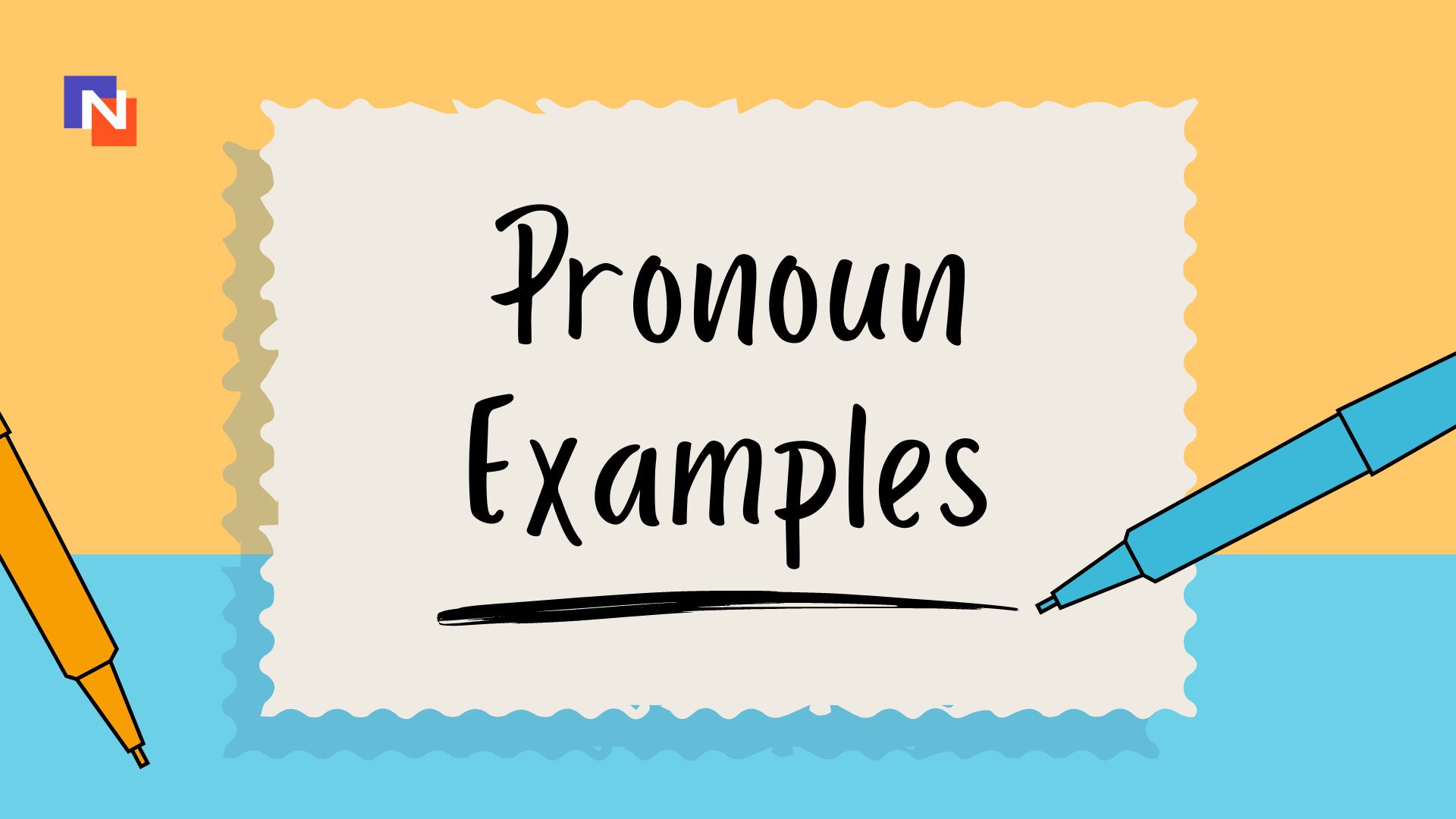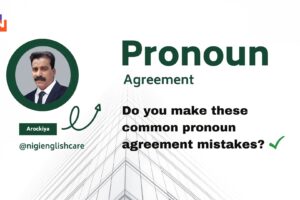
Pronoun Examples in Sentences: A Complete Guide
Pronoun Examples Sentences: Introduction:
Pronouns are words that replace nouns. They are used to avoid repeating nouns, to make our writing more concise, and to make it easier to understand. There are many different types of pronouns, each with its own function.
In this blog post, we will discuss the different types of pronouns and provide examples of how they are used in sentences. We will also discuss some tips for using pronouns effectively in your writing.
Types of Pronouns
There are five main types of pronouns:
- Personal pronouns: These pronouns refer to people or things. They include I, you, he, she, it, we, they, me, him, her, us, and them.
- Objective pronouns: Objective pronouns are an important category of pronouns in English. Objective pronouns are used as the object of a verb or a preposition in a sentence. They typically receive the action of the verb or relate to other elements in the sentence. They include me, us, you, him, her, it, them.
- Me: Used when the pronoun is the object of a verb or preposition. Example: He gave the book to me.
- You: Also used when the pronoun is the object of a verb or preposition. Example: I talked to you.
- Him: Refers to a male person and is used as the object. Example: She saw him at the store.
- Her: Refers to a female person and is used as the object. Example: They invited her to the party.
- It: Refers to a non-human or neutral gender object and is used as the object. Example: The cat chased the mouse. It caught it.
- Us: Used when referring to a group that includes the speaker and is the object. Example: They want to join us.
- You: Used for both singular and plural second person. Example: I saw you at the concert.
- Them: Refers to multiple people or things and is used as the object. Example: Please pass them the sandwiches.
- Demonstrative pronouns: These pronouns point to specific people or things. They include this, that, these, and those.
- Relative pronouns: These pronouns introduce relative clauses, which are clauses that modify nouns or pronouns. They include who, whom, whose, which, that, and what.
- Interrogative pronouns: These pronouns are used to ask questions. They include who, whom, whose, which, what, and why.
- Reflexive pronouns: These pronouns refer back to the subject of the sentence. They include myself, yourself, himself, herself, itself, ourselves, yourselves, and themselves.
- Possessive pronouns: These pronouns show ownership. They include my, mine, your, yours, his, hers, its, ours, theirs, and whose.
Read: What is Pronoun Agreement
Examples of Pronouns in Sentences
Here are some examples of how pronouns are used in sentences:
- Personal pronouns:
- I went to the store.
- You are my best friend.
- He is a doctor.
- She is a teacher.
- It is a beautiful day.
- We are going on vacation.
- They are playing in the park.
- Object Pronouns:
- My book is on the table.
- Your car is parked outside.
- His house is very big.
- Her hair is very long.
- Its tail is wagging.
- Our dog is very friendly.
- Their children are playing in the park.
- Demonstrative pronouns:
- This is my book.
- That is your car.
- These are my friends.
- Those are your shoes.
- Relative pronouns:
- The man who is wearing the red shirt is my father.
- The dog that I saw yesterday was very friendly.
- The house that we are buying is very big.
- Interrogative pronouns:
- Who is that?
- Whom did you see?
- Whose book is this?
- Which way should we go?
- What is your name?
- Reflexive pronouns:
- I hurt myself.
- You should be proud of yourself.
- He did it to himself.
- She made herself a dress.
- It washed itself.
- We enjoyed ourselves.
- They helped themselves to the food.
- Possessive pronouns:
- My book is on the table.
- Your car is parked outside.
- His house is very big.
- Her hair is very long.
- Its tail is wagging.
- Our dog is very friendly.
- Their children are playing in the park.
Tips for Using Pronouns Effectively
Here are some tips for using pronouns effectively in your writing:
- Use the correct type of pronoun for the noun that it is replacing.
- Make sure that the pronouns agree with the nouns that they are replacing in terms of number and gender.
- Avoid using pronouns too often in a row.
- Use clear and concise pronouns that will be easy for your readers to understand.
Read: Do you make these common pronoun agreement mistakes?
Read: Types of Pronouns in English
Conclusion
Pronouns are a valuable tool that can help you to make your writing more concise and easier to understand. By using the correct types of pronouns and following the tips above, you can ensure that your pronouns are used effectively in your writing.



